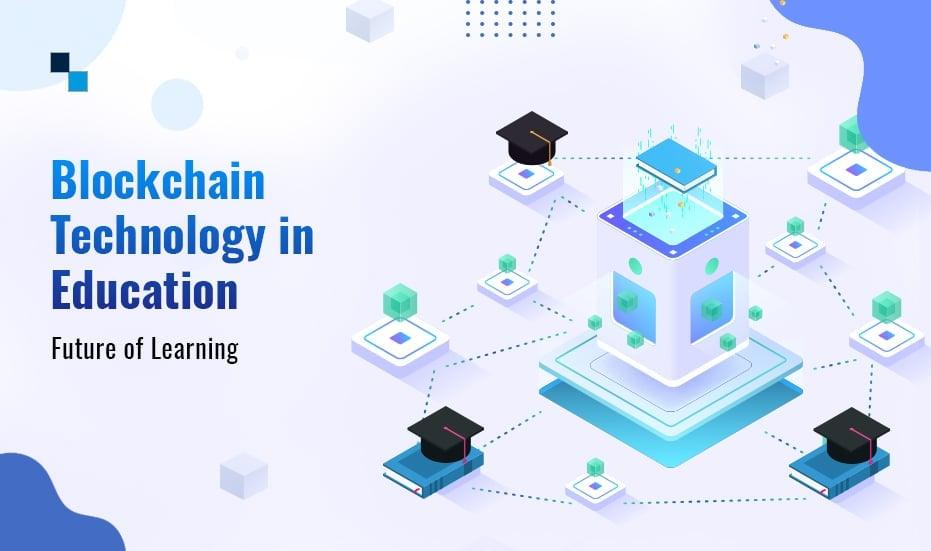Revolutionizing Education: How to Successfully Implement Blockchain in Educational Institutions
The rapid progress of blockchain technology is reshaping industries across the globe—and education is no exception. As educational institutions increasingly seek digital solutions to enhance clarity,security,and efficiency,implementing blockchain in education has become a captivating frontier.
In this comprehensive guide, we will explore the remarkable impact of blockchain in education, reveal best practices for successful implementation, discuss real-world case studies, and deliver actionable strategies to future-proof your institution.
What is Blockchain and Why Is It Vital for Education?
at its core, blockchain is a decentralized, immutable digital ledger that records transactions in a clear and secure manner. In the context of education, blockchain holds the potential to transform conventional approaches to data management, credential verification, and student record-keeping.
Key Blockchain Features:
- Transparency: Ensures all stakeholders can verify records without manipulation.
- Security: Utilizes cryptography to safeguard sensitive educational data.
- Decentralization: Removes single points of failure and enhances data ownership.
- Immutable Records: Prevents record tampering, crucial for transcripts and credentials.
Benefits of Blockchain in Educational Institutions
- Enhanced Data Security: blockchain’s encrypted nature protects against data breaches and unauthorized access, safeguarding student records and personal information.
- Simplified Credential verification: Degrees, diplomas, and certificates can be instantly and automatically verified by employers and other institutions—reducing fraud and administrative delays.
- Streamlined Administrative Processes: Automates tasks like transcript requests, transfer credit evaluations, and tuition payment tracking, freeing up staff for higher-value work.
- Empowered Student Ownership: Gives learners control over their academic achievements, allowing them to share verified records with global employers and universities.
- Global Accessibility: Blockchain-based credentials can be recognized, verified, and accessed anywhere, supporting international student mobility.
- Cost Efficiency: Reduces paperwork, minimizes manual verification, and lowers operational costs through smart contracts and automation.
Key Steps for implementing Blockchain in Educational Institutions
- Define Clear Objectives: Establish what you hope to achieve—be it secure credentialing, improved access to academic records, or streamlined administration.
- Involve Stakeholders: Engage administrators, IT professionals, faculty, students, and legal advisors early to gather insights and foster buy-in.
- Select the Right Blockchain Platform: Evaluate public, private, and consortium blockchain options (e.g., Ethereum, Hyperledger, or Corda) based on your institution’s needs, scalability, and privacy requirements.
- Ensure Data Privacy & Compliance: Align blockchain deployment with data protection regulations such as GDPR or other relevant educational data laws.
- Integrate with Existing Systems: Develop APIs and middleware for seamless connectivity between your Student Information Systems (SIS), Learning Management Systems (LMS), and the blockchain network.
- Provide Comprehensive Training: Equip staff and end-users with training on blockchain principles, usage, and security best practices.
- Pilot and Iterate: Start with a small-scale pilot (e.g., digital diplomas), gather feedback, refine processes, and scale up upon success.
Real-World Case Studies: Blockchain in Education
MIT’s Digital Diplomas
Massachusetts Institute of Technology (MIT) piloted a blockchain project that issues tamper-proof, digital diplomas to graduates. Using the Blockcerts platform, graduates receive a secure, verifiable digital diploma that employers and third parties can instantly verify online.
Sony Global Education
Sony, in partnership with IBM, developed a blockchain-based platform for sharing and managing student records across different schools.It enables seamless student transfers and standardized record-keeping,improving collaboration between educational institutions.
Open University (UK) – Open Blockchain Initiative
The Open University explored blockchain’s potential for open badges and option credentials, allowing learners to collect, store, and share micro-credentials to supplement traditional qualifications.
Practical Tips for a Successful Blockchain Implementation
- start Small: Launch with a focused project (such as diploma verification) before expanding to broader use cases.
- Prioritize Security: Regularly audit blockchain systems and educate users on digital safety.
- Encourage Feedback: Continuously collect user input to shape future iterations and overcome unforeseen challenges.
- Collaborate Widely: Partner with other institutions, technology firms, and government bodies to establish standards and achieve interoperability.
- Stay informed: Monitor legal, regulatory, and technological changes relevant to blockchain in education.
Potential Challenges and How to Overcome Them
- Technical Complexity: Blockchain solutions can be complex; work with experienced blockchain developers and offer ongoing training to IT staff.
- Resistance to Change: Address concerns transparently, demonstrate blockchain’s benefits, and involve users throughout the process.
- Compliance Concerns: Consult legal experts to ensure your implementation is compliant with data protection and educational policies.
- Cost & Resources: Secure funding, leverage grants, or collaborate with blockchain consortia to reduce implementation expenses.
The Future of Blockchain in Education
The momentum around blockchain in educational settings is accelerating. As institutions worldwide explore digital conversion, blockchain is poised to become integral to academic integrity, digital credentialing, global student mobility, and even personalized learning pathways.
Embracing blockchain now positions your institution at the forefront of innovation—attracting quality learners, building employer trust, and streamlining operations for years to come.
Conclusion
Revolutionizing education with blockchain is no longer a distant vision—it’s a practical possibility ready for adoption. By leveraging immutable records, enhanced security, transparent processes, and empowered learners, institutions can unlock unprecedented value for every stakeholder.
Whether you are an administrative leader, IT professional, or educator, understanding how to successfully implement blockchain in educational institutions will help future-proof your institution in the evolving digital era. Start small, collaborate widely, and led the revolution in educational innovation.

